Home>Home Appliances>Cleaning Appliances>How To Make A Vacuum Cleaner Quieter
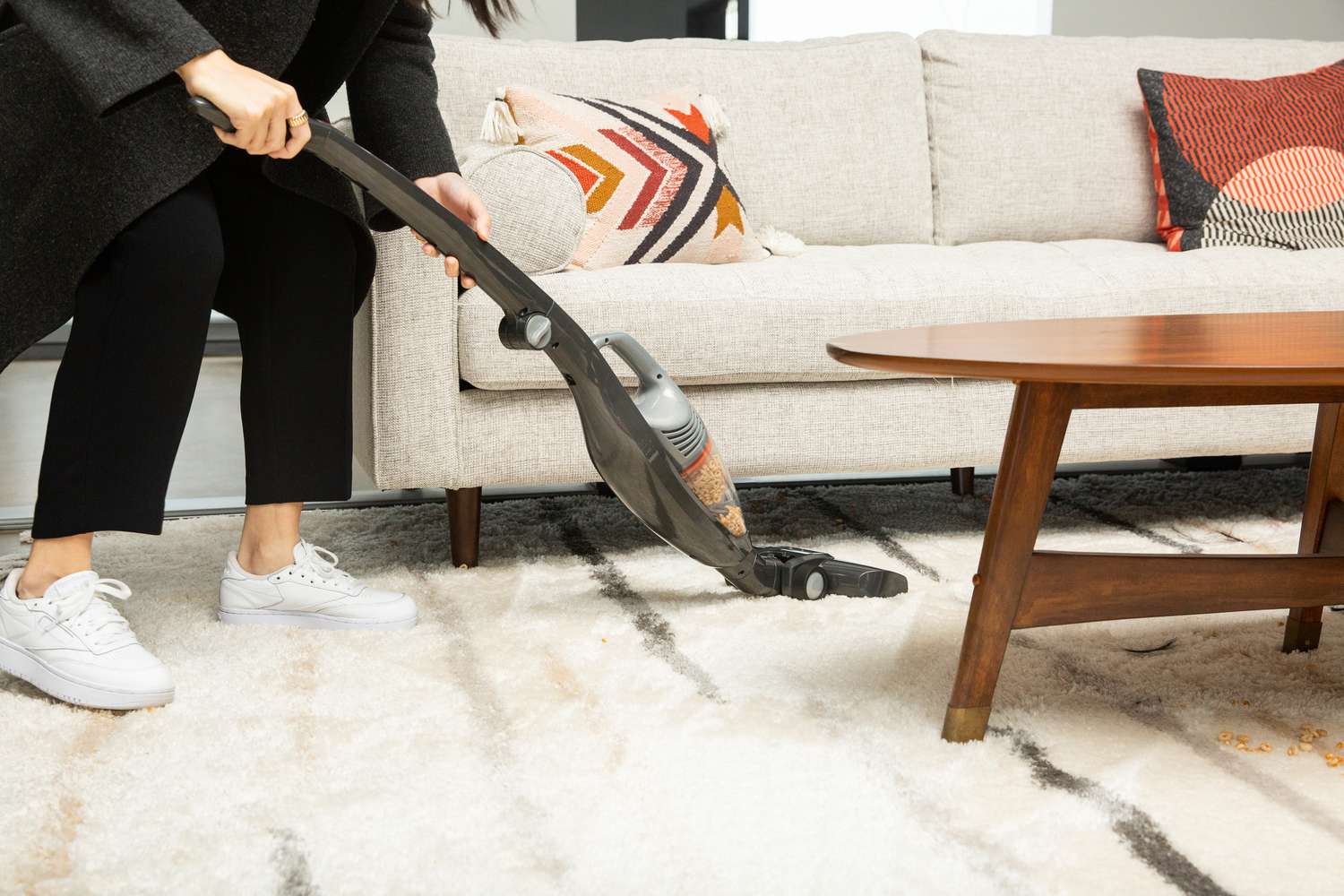

Cleaning Appliances
How To Make A Vacuum Cleaner Quieter
Modified: January 9, 2024
Learn how to reduce the noise of your vacuum cleaner with these effective tips and techniques. Make your cleaning appliances quieter for a more peaceful home environment.
(Many of the links in this article redirect to a specific reviewed product. Your purchase of these products through affiliate links helps to generate commission for Storables.com, at no extra cost. Learn more)
Introduction
Vacuum cleaners are essential tools for keeping our homes clean and tidy. However, the noise they produce can sometimes be disruptive and bothersome. If you've ever wished for a quieter vacuum cleaner, you're not alone. The good news is that there are several strategies you can employ to minimize the noise generated by your vacuum cleaner.
In this article, we will explore various methods to make your vacuum cleaner quieter, allowing you to maintain a peaceful and serene environment while keeping your living space clean. From understanding the sources of vacuum cleaner noise to choosing the right model and implementing soundproofing techniques, we will cover everything you need to know to achieve a quieter cleaning experience.
So, whether you're tired of the loud, jarring noise of your current vacuum cleaner or you're in the market for a new, quieter model, read on to discover how you can effectively reduce the noise produced by your vacuum cleaner and enjoy a more peaceful cleaning routine.
Key Takeaways:
- Choose a vacuum cleaner with a low decibel rating and specialized quiet models to enjoy a quieter cleaning experience. Look for HEPA filtration and adjustable power settings for reduced noise levels.
- Reduce vacuum cleaner noise by using soundproofing materials, maintaining filters and brush rolls, and inspecting cords. These steps create a quieter cleaning environment for a more peaceful home.
Read more: How To Make A Vacuum Cleaner
Understanding the Noise
Before delving into the methods for reducing vacuum cleaner noise, it’s important to understand the factors that contribute to the loudness of these appliances. Vacuum cleaners produce noise primarily due to the following reasons:
- Motor: The motor is one of the main sources of noise in a vacuum cleaner. As it operates, the motor generates a significant amount of sound, which can contribute to the overall noise level of the appliance.
- Airflow: The movement of air through the vacuum cleaner’s system can also produce noise, particularly as it passes through the various components and attachments.
- Vibration: Vibrations caused by the motor, fan, and other moving parts can generate additional noise, especially if the vacuum cleaner is not properly insulated or dampened.
By understanding these sources of noise, you can better address each factor to effectively reduce the overall sound output of your vacuum cleaner. In the following sections, we will explore specific steps and techniques to mitigate these sources of noise and create a quieter cleaning environment.
Identifying the Source of the Noise
Before implementing strategies to make your vacuum cleaner quieter, it’s crucial to pinpoint the specific sources of the noise. By identifying where the majority of the sound originates, you can tailor your approach to effectively address the underlying causes. Here are some common areas to focus on when identifying the source of the noise:
- Motor and Fan: Start by assessing the noise generated by the motor and fan. Listen closely to determine if these components are the primary contributors to the overall loudness of the vacuum cleaner.
- Airflow Path: Trace the airflow path from the intake to the exhaust, paying attention to any areas where the movement of air may be causing excessive noise due to obstructions or turbulent flow.
- Attachments and Accessories: Certain attachments and accessories, such as the brush head or extension wands, can produce additional noise when in use. Evaluate the sound produced by each component to identify potential sources of noise.
- Vibrations: Inspect the vacuum cleaner for any loose or poorly secured parts that may be contributing to excessive vibrations and noise. Tighten fasteners and connections to minimize unnecessary movement and rattling.
By carefully assessing these areas, you can gain valuable insights into the specific elements of your vacuum cleaner that are responsible for the majority of the noise. This knowledge will guide your efforts in implementing targeted solutions to reduce the overall sound output and create a quieter cleaning experience.
Choosing the Right Vacuum Cleaner
When seeking a quieter vacuum cleaner, selecting the right model can significantly impact the overall noise level during operation. Here are several factors to consider when choosing a vacuum cleaner that prioritizes quietness:
- Low Decibel Rating: Look for vacuum cleaners with a low decibel rating, as this indicates quieter operation. Many manufacturers provide decibel ratings for their products, allowing you to compare noise levels before making a purchase.
- Specialized Quiet Models: Some vacuum cleaner models are specifically designed to minimize noise. These specialized models often feature enhanced insulation, sound-dampening materials, and optimized airflow to reduce overall sound output.
- HEPA Filtration: Vacuums equipped with high-efficiency particulate air (HEPA) filters not only improve indoor air quality but can also contribute to quieter operation. HEPA filters can help muffle sound and reduce the overall noise produced by the vacuum cleaner.
- Brush Roll Design: Consider the design of the brush roll or agitator, as certain configurations can produce less noise during use. Look for models that feature advanced brush roll designs aimed at minimizing operational noise.
- Variable Power Settings: Opt for a vacuum cleaner with adjustable power settings, as lower power modes often result in quieter operation. This feature allows you to reduce the noise level when cleaning less demanding surfaces.
By taking these factors into account, you can make an informed decision when purchasing a vacuum cleaner, ultimately selecting a model that aligns with your preference for a quieter cleaning experience. Additionally, consulting customer reviews and expert recommendations can provide valuable insights into the noise performance of different vacuum cleaner models, aiding in your selection process.
Consider placing a thick rug or mat underneath the vacuum to absorb some of the noise. You can also try using a soundproofing mat or foam on the walls or floors near where you vacuum.
Using Soundproofing Materials
Implementing soundproofing materials and techniques can effectively reduce the noise produced by your vacuum cleaner, contributing to a quieter cleaning environment. Consider the following strategies to minimize sound output through the use of soundproofing materials:
- Soundproofing Mats: Place soundproofing mats or pads beneath the vacuum cleaner to absorb vibrations and dampen operational noise. These specialized mats are designed to minimize sound transmission and can significantly reduce the overall noise level.
- Insulation: Apply insulating materials to the interior surfaces of the vacuum cleaner, such as the motor housing and canister, to mitigate noise generation. Sound-absorbing insulation can help contain and muffle the sound produced during operation.
- Attachment Modifications: Modify attachments and accessories, such as brush heads and extension wands, by adding sound-dampening materials to reduce noise during use. Customizing these components with noise-absorbing materials can contribute to a quieter cleaning experience.
- Enclosures: Construct a dedicated enclosure or housing for the vacuum cleaner to contain and dampen operational noise. An enclosure can be crafted from soundproofing panels or materials to effectively mitigate sound transmission.
- Sealing Gaskets: Install sealing gaskets or weather-stripping to create a tight seal between the vacuum cleaner’s components, reducing the escape of noise and vibrations. Proper sealing can minimize sound leakage and improve overall noise containment.
By integrating these soundproofing materials and techniques, you can effectively reduce the noise output of your vacuum cleaner, fostering a quieter cleaning environment without compromising cleaning performance. Additionally, these methods offer a customizable approach to tailoring the noise reduction efforts based on your specific vacuum cleaner model and cleaning preferences.
Read more: How To Make AC Quieter
Regular Maintenance and Cleaning
Consistent maintenance and cleaning practices not only prolong the lifespan and efficiency of your vacuum cleaner but also contribute to minimizing operational noise. By adhering to routine maintenance tasks and adopting proper cleaning habits, you can effectively reduce the overall noise output of your vacuum cleaner. Here are essential maintenance and cleaning practices to consider:
- Filter Maintenance: Regularly clean or replace filters as recommended by the manufacturer. Clogged or dirty filters can impede airflow, leading to increased noise levels as the vacuum cleaner compensates for restricted suction.
- Brush Roll Care: Inspect and clean the brush roll or agitator regularly to prevent debris buildup and ensure smooth operation. A properly maintained brush roll contributes to quieter and more efficient cleaning performance.
- Bearing Lubrication: Lubricate bearings and moving parts according to the manufacturer’s guidelines to minimize friction-related noise. Properly lubricated components operate more quietly and contribute to overall noise reduction.
- Tighten Fasteners: Periodically check and tighten fasteners, screws, and connections to prevent unnecessary vibrations and rattling during operation. Securely fastened components contribute to a quieter cleaning experience.
- Cord Inspection: Examine the power cord for any damage or wear, as frayed or compromised cords can produce electrical noise during use. Replace damaged cords to maintain a quieter and safer cleaning routine.
In addition to these maintenance practices, adopting proper cleaning techniques and habits can further contribute to noise reduction. For instance, clearing debris and obstructions from the vacuum cleaner’s airflow path and attachments can enhance overall efficiency and minimize noise generated during operation.
By integrating these maintenance and cleaning practices into your regular routine, you can effectively mitigate the sources of noise and ensure that your vacuum cleaner operates at an optimal noise level, providing a quieter and more enjoyable cleaning experience.
Conclusion
Making your vacuum cleaner quieter is a feasible goal that can significantly enhance your cleaning experience and contribute to a more peaceful home environment. By understanding the sources of vacuum cleaner noise and implementing targeted strategies, you can achieve a noticeable reduction in operational noise, allowing for more serene and undisturbed cleaning sessions.
From selecting a vacuum cleaner model designed for quiet operation to utilizing soundproofing materials and adopting regular maintenance practices, the methods outlined in this article offer a comprehensive approach to minimizing noise output. By considering these strategies, you can tailor your efforts to suit your specific vacuum cleaner model and personal preferences, ultimately creating a quieter and more enjoyable cleaning routine.
Remember that a quieter vacuum cleaner not only benefits you but also contributes to a more harmonious living environment for your household and neighbors. Whether you choose to invest in a specialized quiet model or apply soundproofing techniques to your existing vacuum cleaner, the pursuit of a quieter cleaning experience is well within reach.
By taking proactive steps to address the sources of noise and optimize the performance of your vacuum cleaner, you can transform the act of cleaning into a quieter, more peaceful endeavor, ensuring that your home remains clean and serene without the disruptive noise often associated with vacuuming.
Embrace the opportunity to create a quieter cleaning environment and enjoy the benefits of a serene home, all while maintaining the cleanliness and comfort of your living space.
Frequently Asked Questions about How To Make A Vacuum Cleaner Quieter
Was this page helpful?
At Storables.com, we guarantee accurate and reliable information. Our content, validated by Expert Board Contributors, is crafted following stringent Editorial Policies. We're committed to providing you with well-researched, expert-backed insights for all your informational needs.
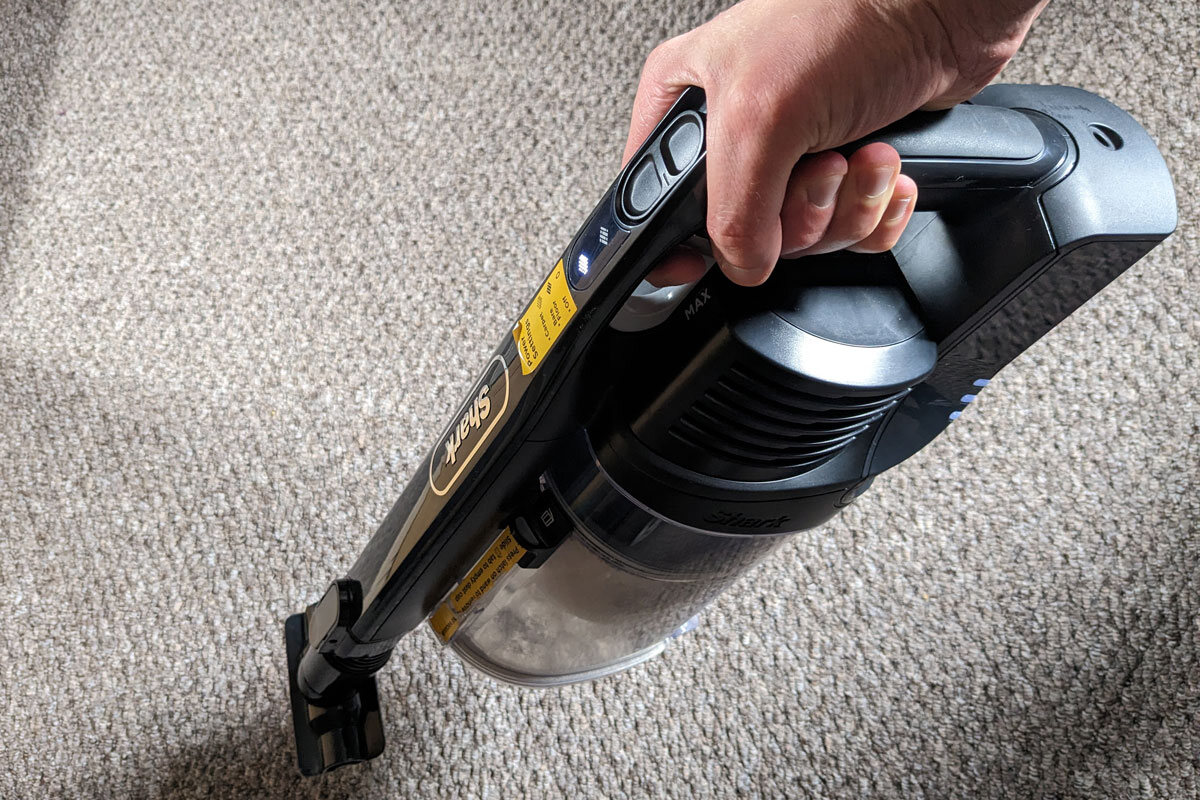
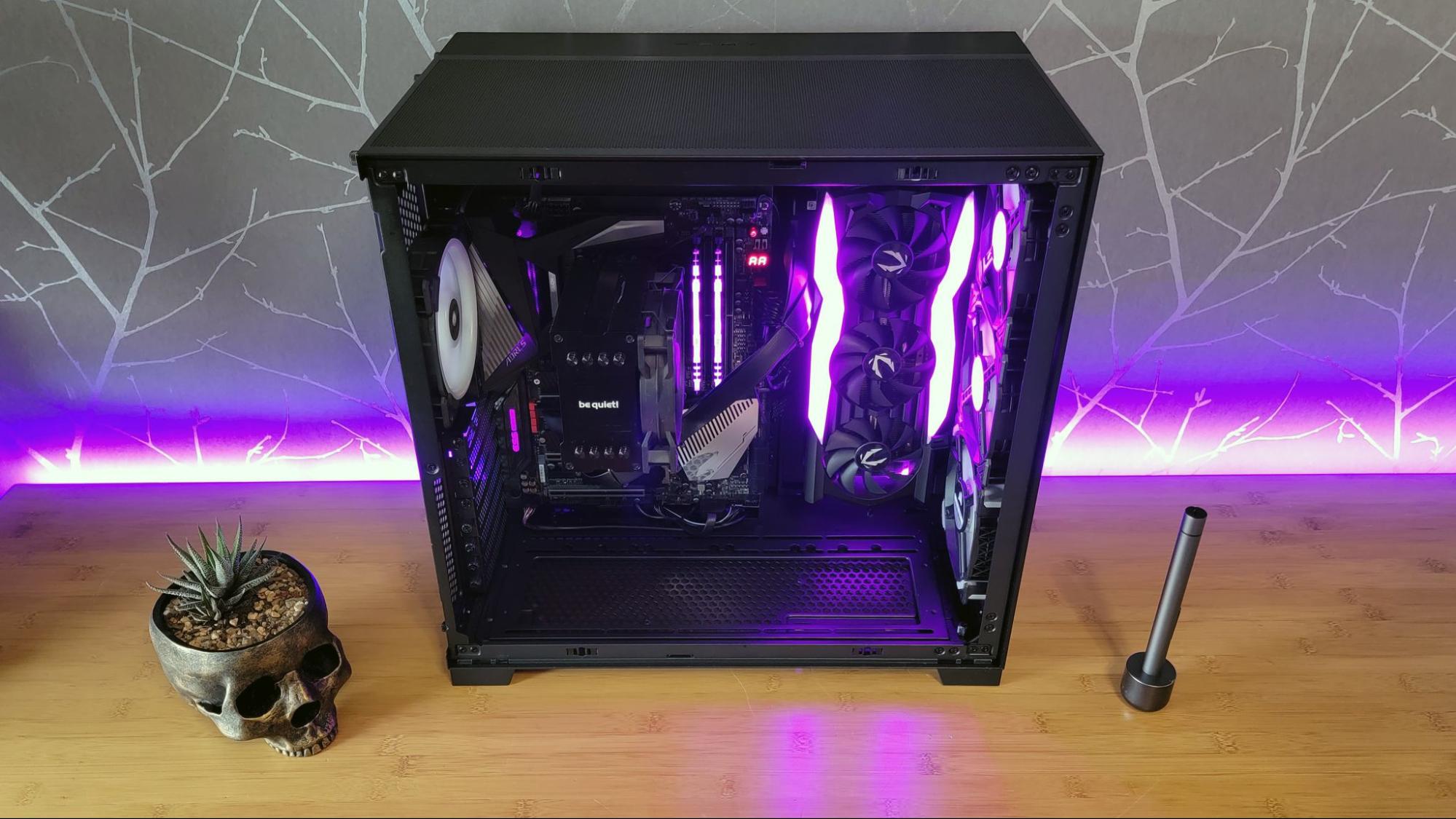
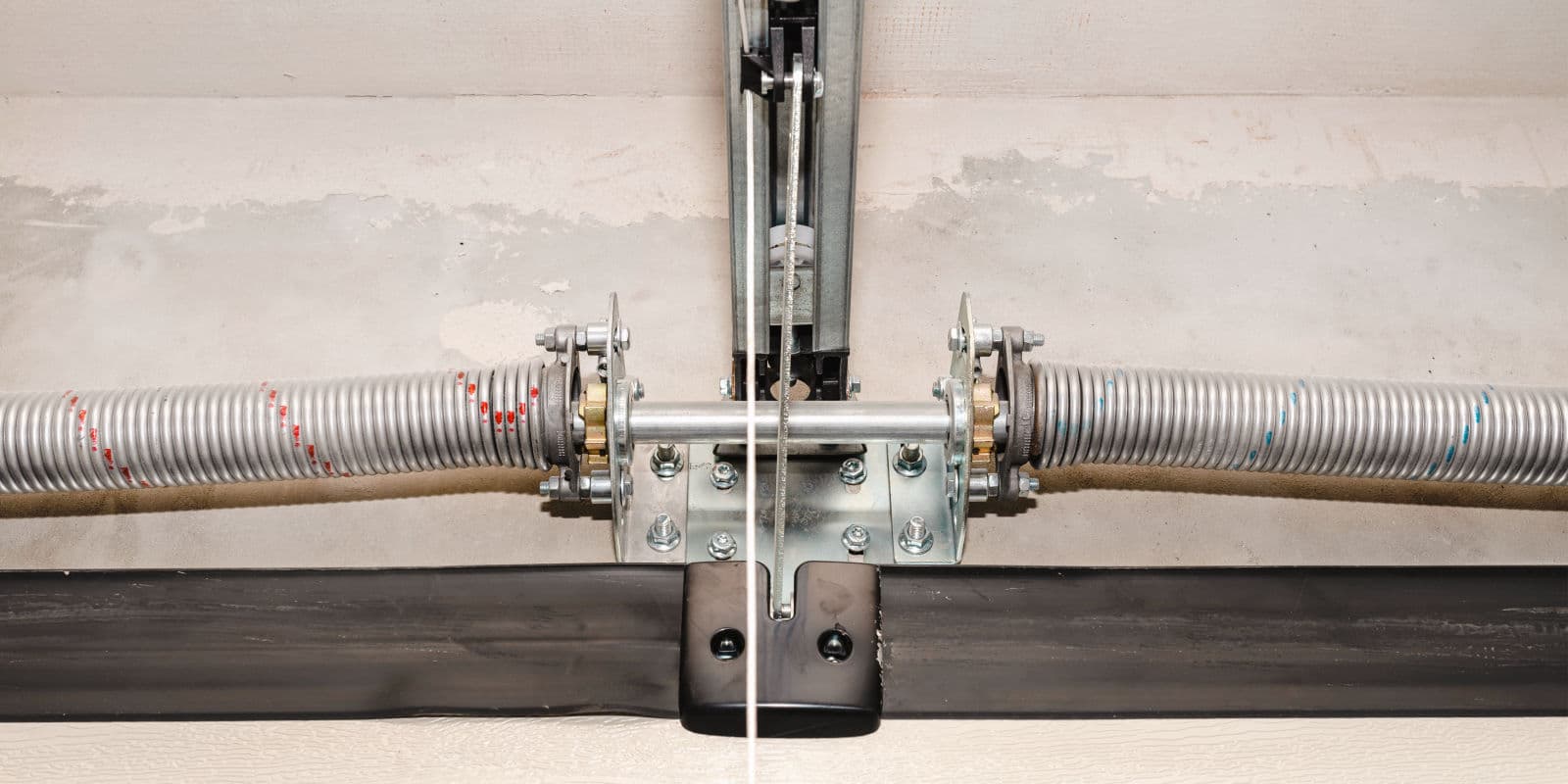
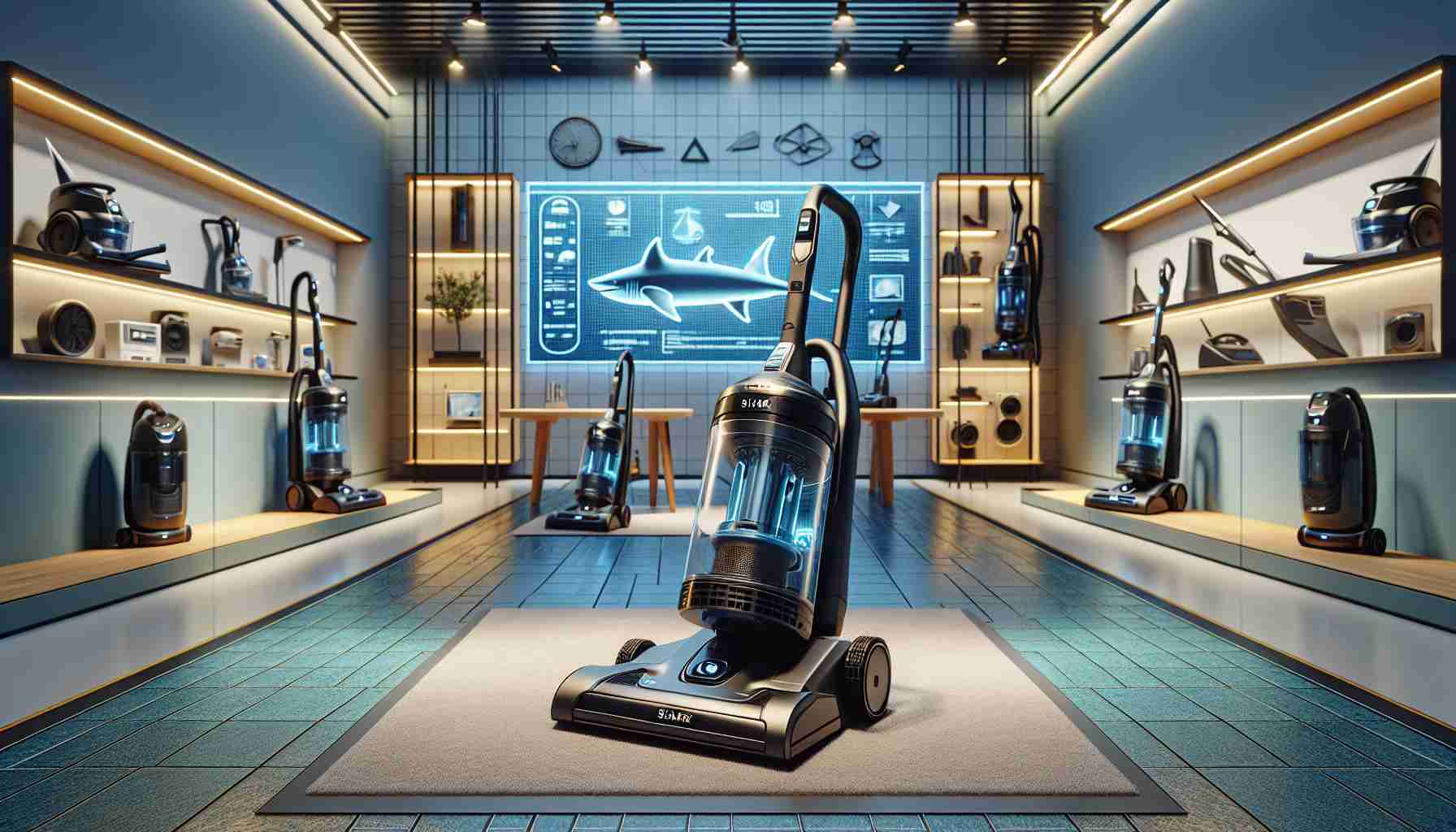
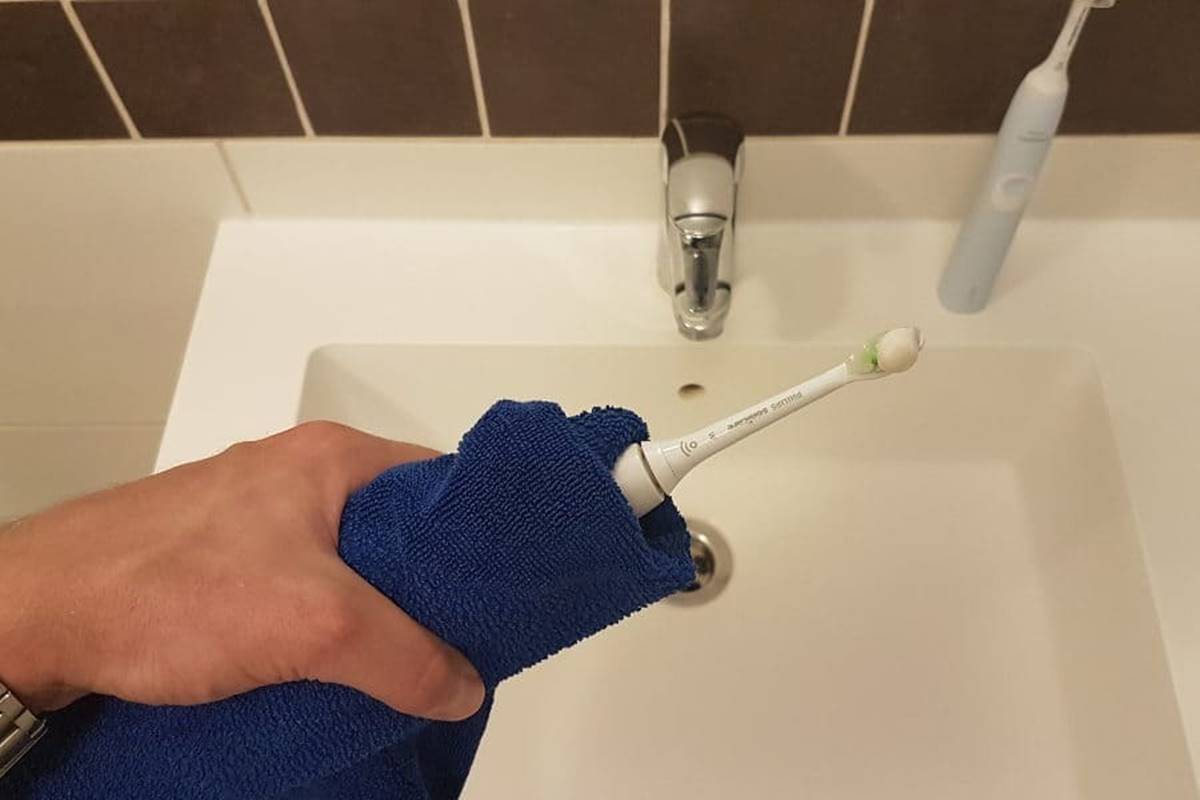
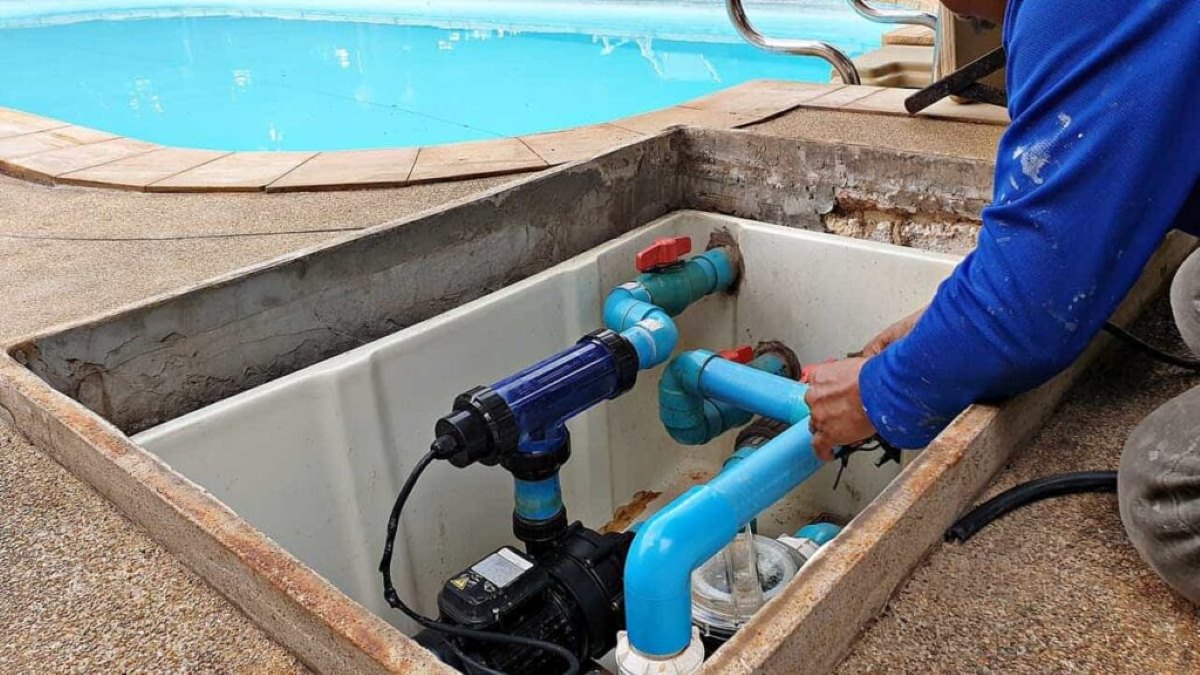

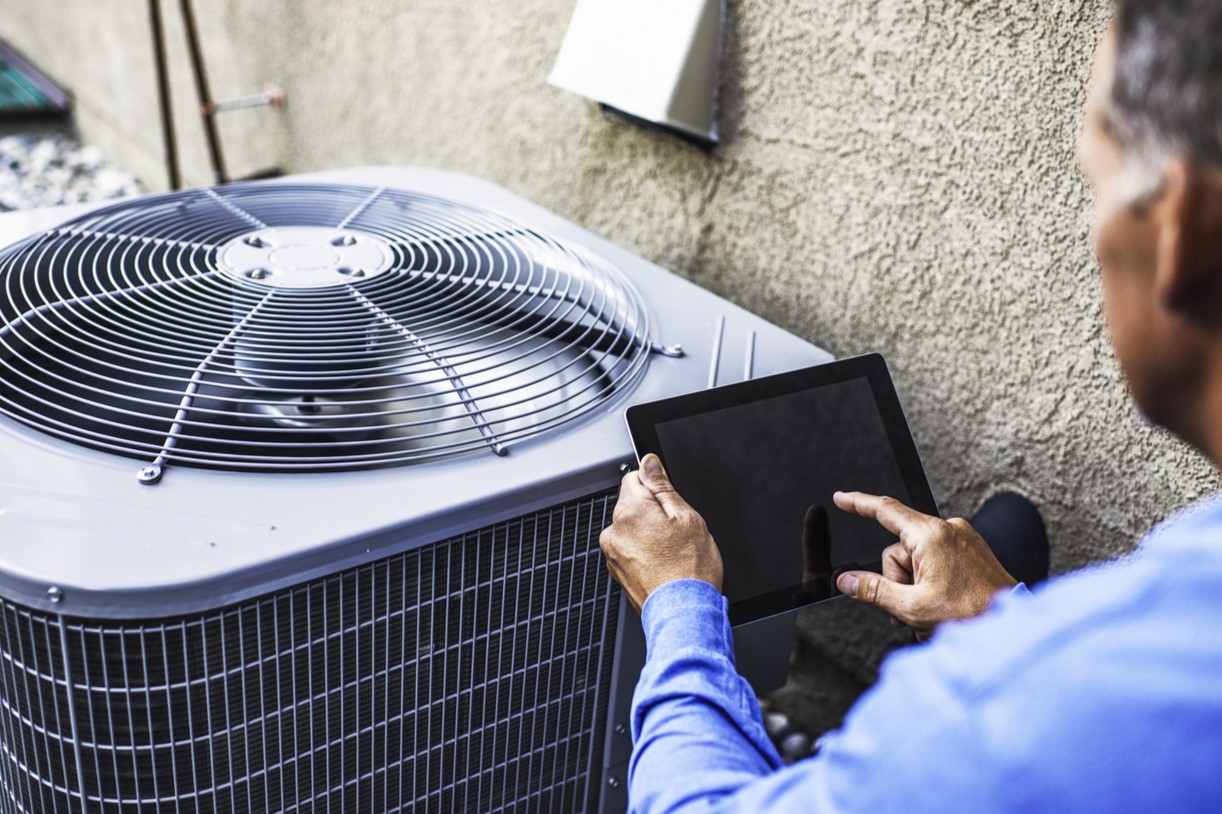
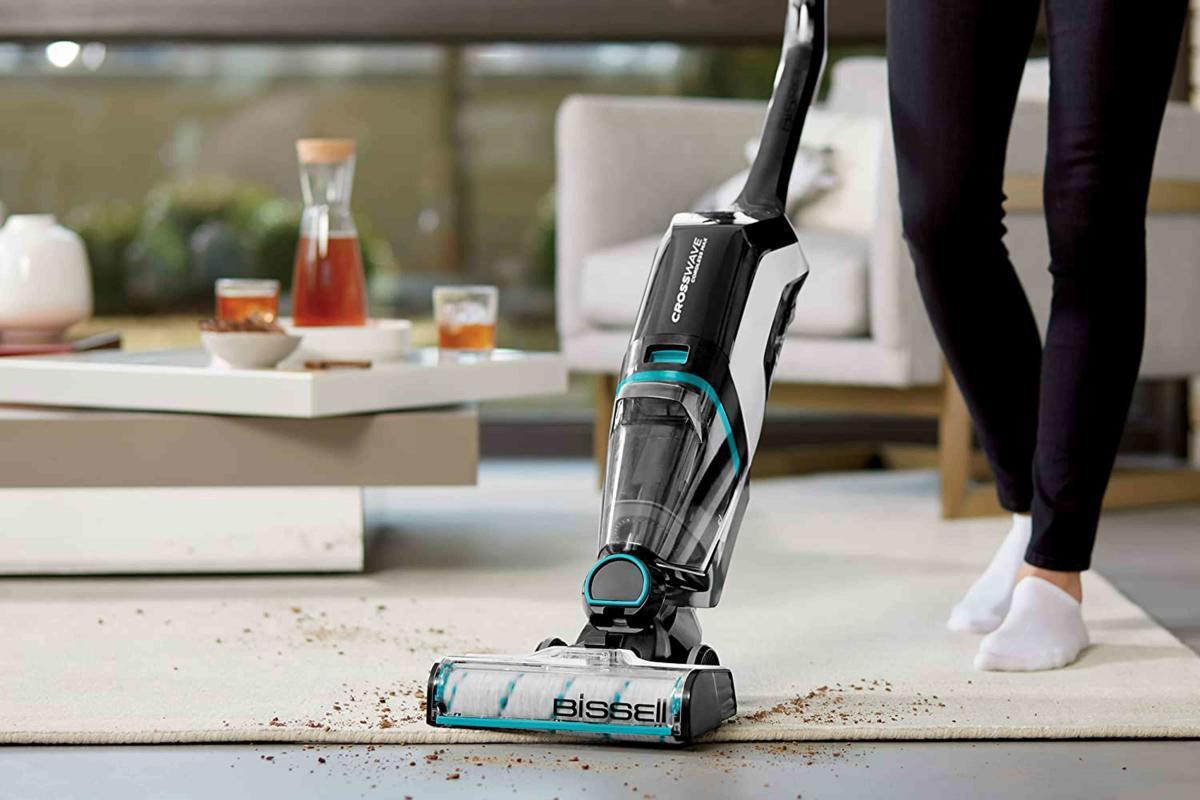
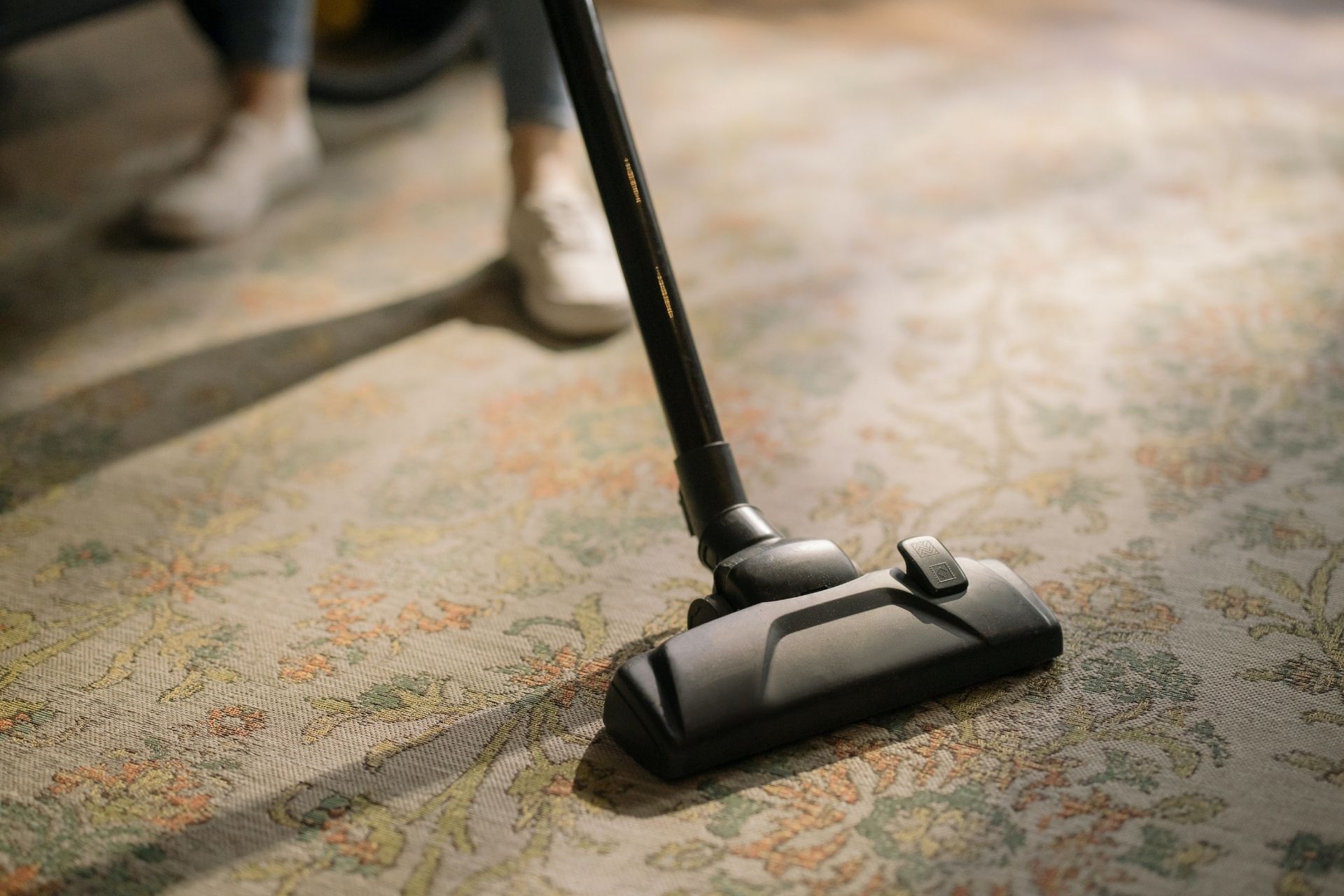
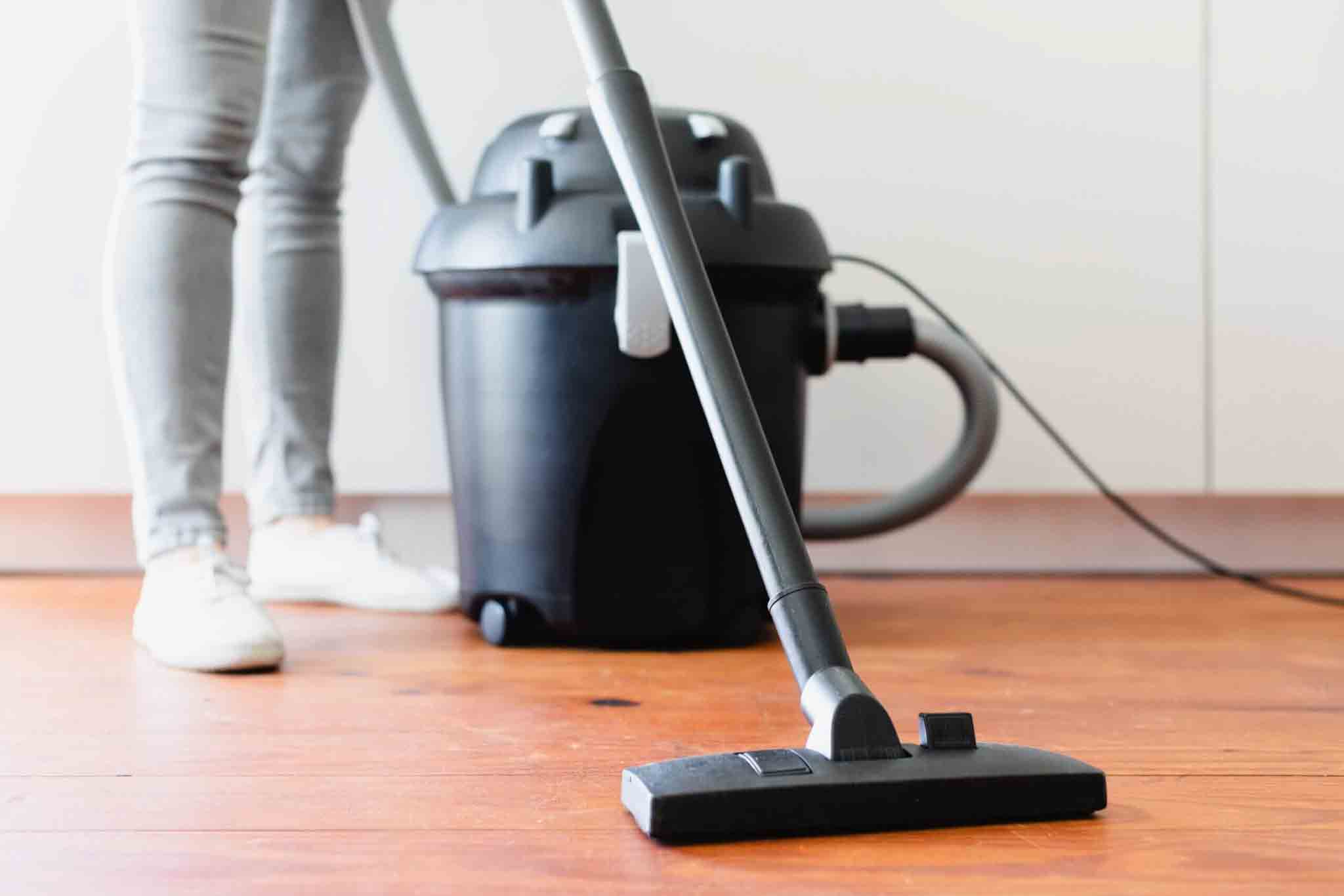
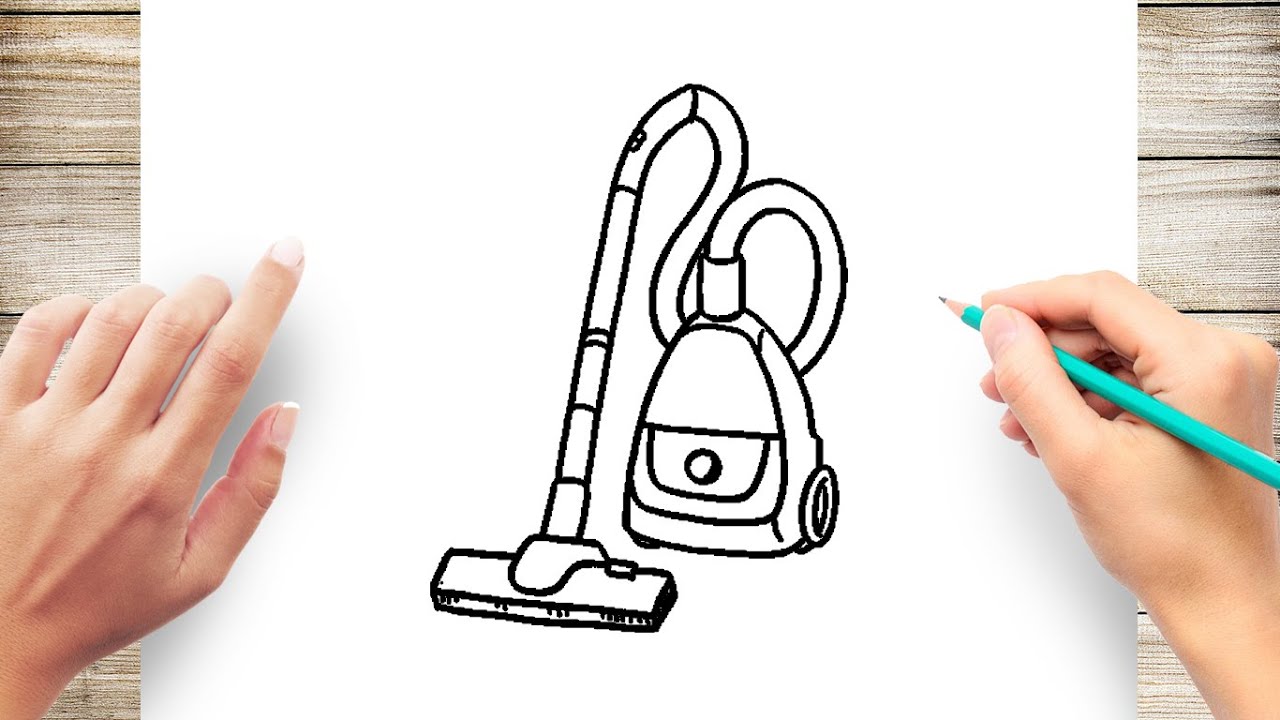
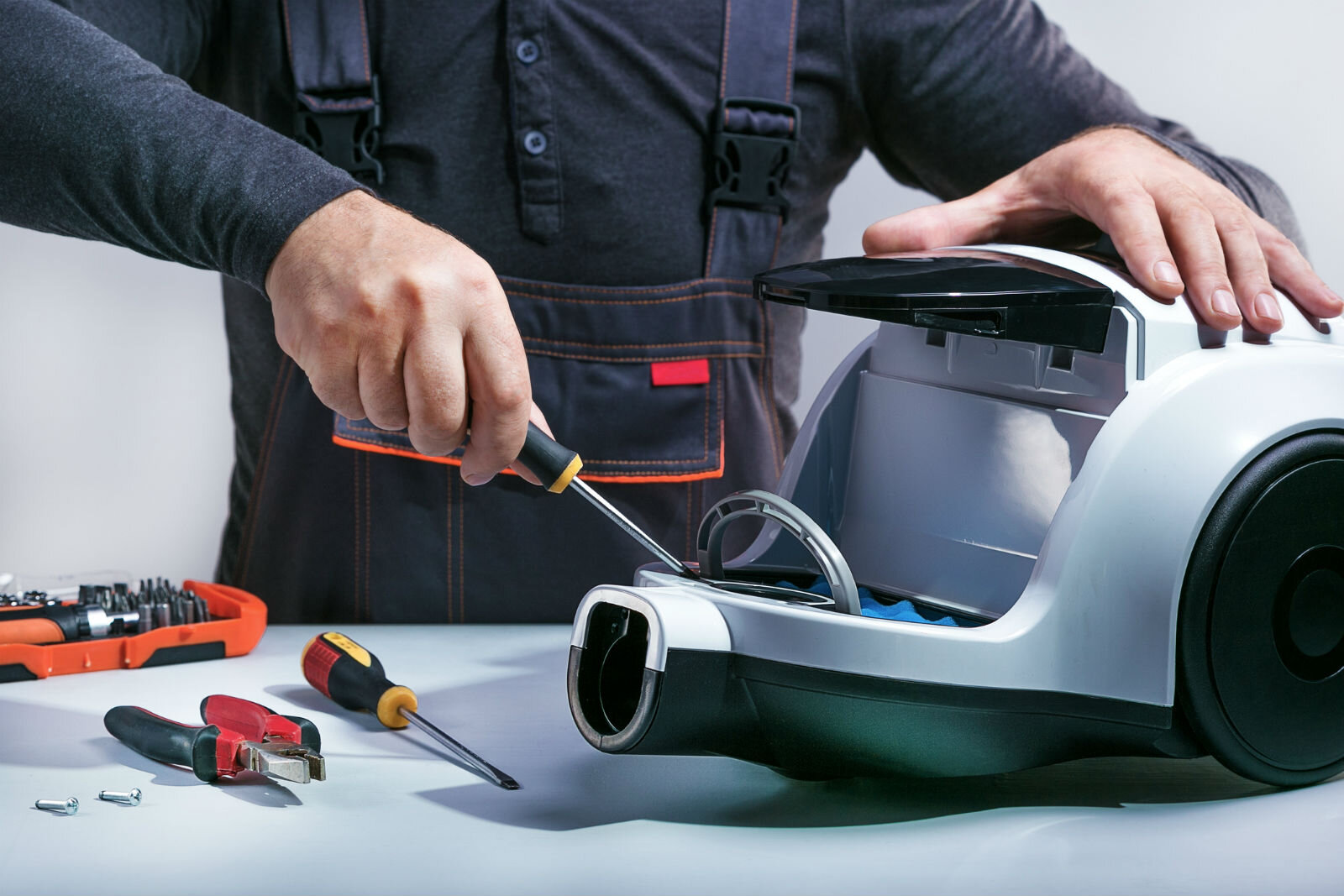
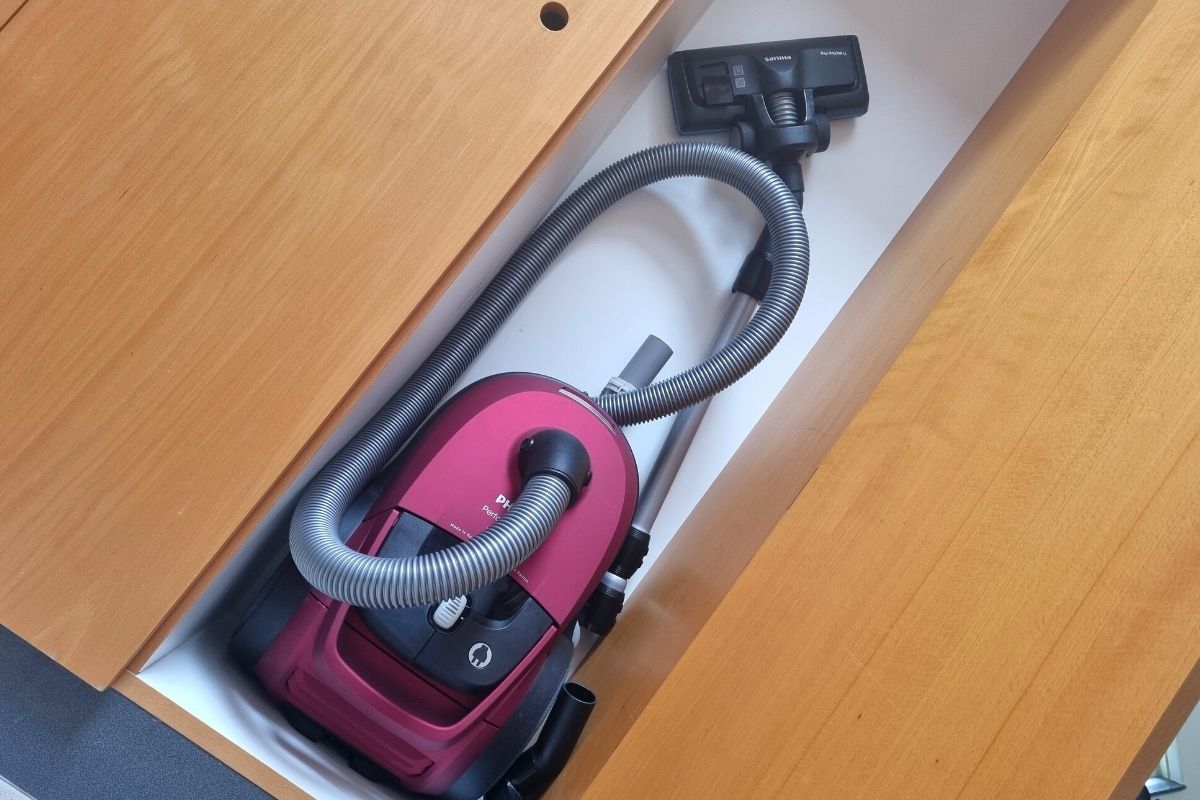

0 thoughts on “How To Make A Vacuum Cleaner Quieter”